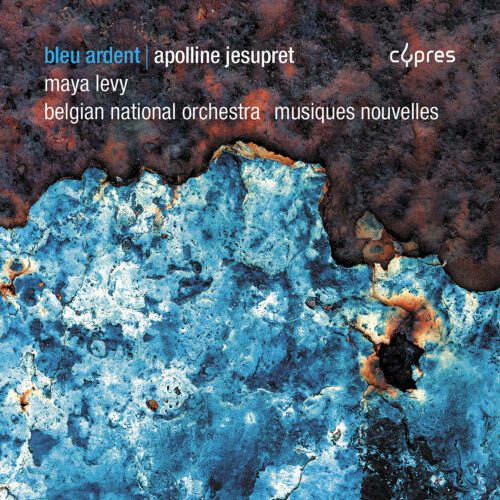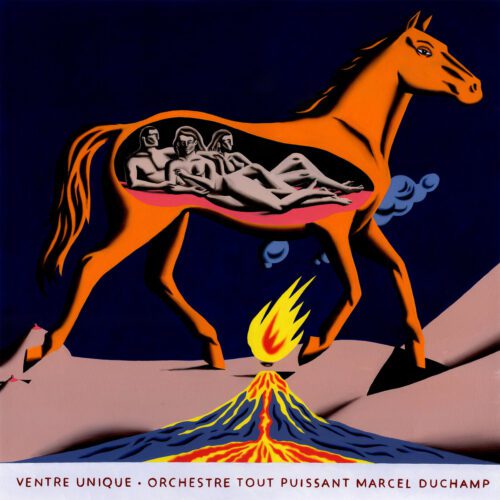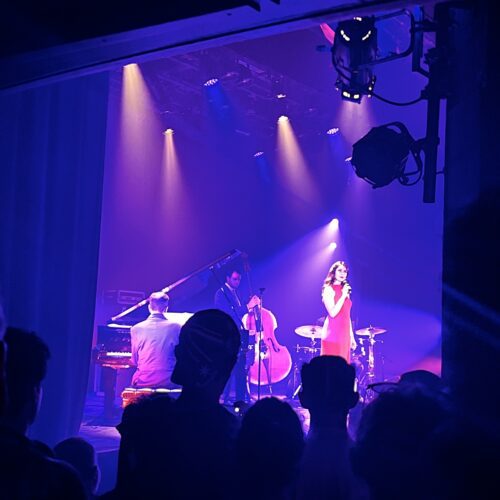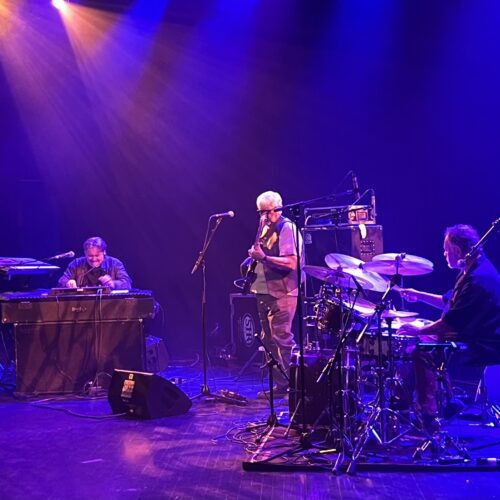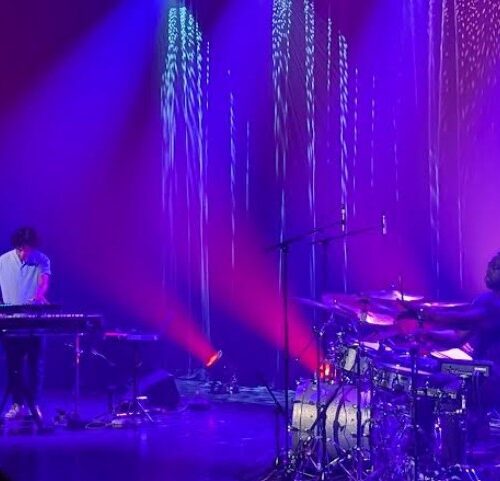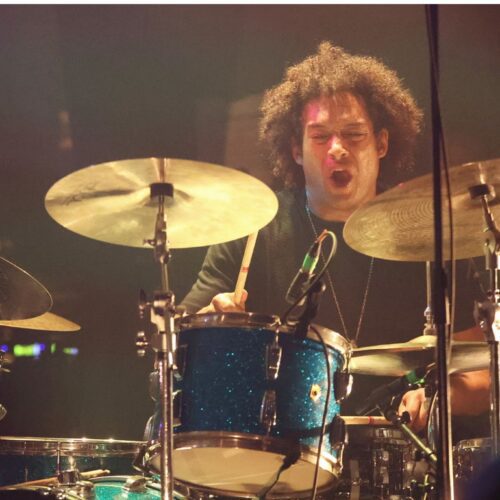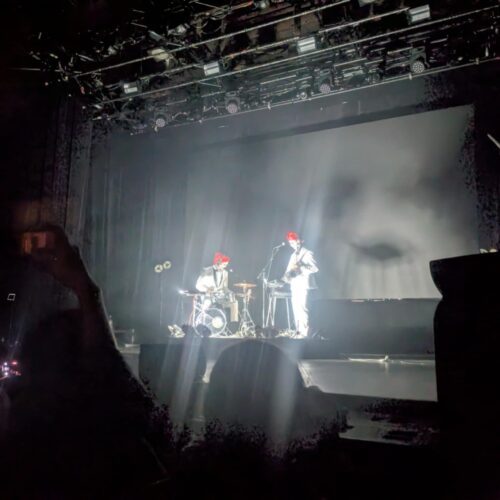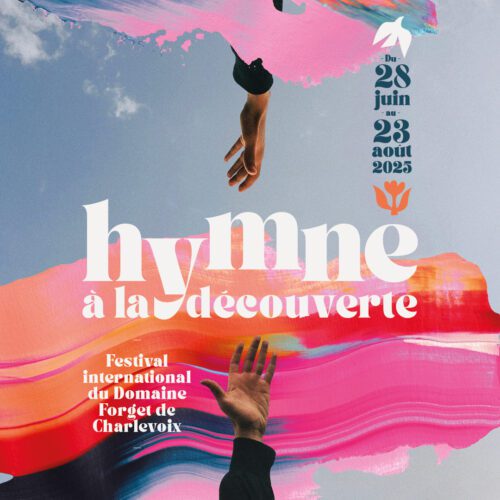I’ve already said elsewhere on this site all the good things I think of Apolline Jesupret’s music (read my review of one of Jesupret’s albums, a TOP 2024). I repeat my enthusiasm here by telling you about this new album, Bleu ardent, which features works for large orchestra as well as for solo piano and violin. It’s rare for such a young composer to receive the confidence of two top-class recordings in less than a year. Proof that Jesupret really is a voice that carries and that audiences want to hear (message to the Montreal orchestras, OSM and OM: listen to this and bring us her music, and herself with it, at the Maison symphonique!)
The album opens and closes with two works for orchestra, including a concerto, Ardeurs intimes (Intimate ardour), a concerto for violin and strings in which the generally respected central key is nonetheless traversed by microtonal glissandi that contribute beautifully to the music’s scintillating atmosphere. A vibrant performance by soloist Maya Levy and the Musiques Nouvelle ensemble conducted by Jean-Paul Dessy. Here is a shimmering work that seduces and stimulates the mind. The symphonic tableau entitled Bleue reminds me of the American aesthetic of Michael Torke, who also attempted to channel the synaesthesia between visible and sonic colours with pieces such as Ecstatic Orange and Bright Blue Music. Like Torke, Jesupret uses the orchestra in a pleasingly cinematic way, anchored in a solid tonality to which she applies a whole panoply of colours and effects inspired by impressionism, spectralism and neo-romanticism. The effect is spectacular, sumptuous and luminous.
Two chamber pieces, one for violin and one for piano, fill the gap between the two orchestral works.
Dans l’air du soir (In the Evening Air), for solo violin, is a highly effective nod to Debussy’s famous prelude Les sons et les parfums tournent dans l’air du soir. Taking her illustrious predecessor at his word, the Belgian composer imagines precise perfumes and brings them to life with great finesse and, above all, a beautiful accuracy of temperament. Dans l’air du soir is thus a suite of seven very short movements describing as many evocative fragrances: Tendre vanille (Tender Vanilla), Conifère gelé (Frozen Conifer), Poivre rose (Pink Pepper), Vapeurs d’iode (Vapours of iodine), Ardbeg, Menthe poivrée (Peppermint), Encens de lumière (Incense of Light). Imagine appropriate textures to match the olfactory bouquets mentioned, and that’s probably what you’ll feel when you listen to Jesupret’s music. Another fine exercise in synaesthesia that works beyond anything I’ve heard before.
This is followed by an equally evocative diptych for piano, the two parts of which are entitled De Glace (Of Ice) et De Lave (Of Lava). Sweeping, undulating outbursts interspersed with delicate dotted lines create seductive textural panoramas. Memories of a sensitive and exciting imaginary journey are imprinted on the mind.
Apolline Jesupret possesses the rare talent of transforming sound into visual, sensory and even spiritual poetry, without ever forgetting to make the musical experience at once nourishing, demanding and purely delightful.
